A curated list of 2471 AI tools designed to meet the unique challenges and accelerate the workflows of Educators.

Your AI assistant for conversation, research, and productivity—now with apps and advanced voice features.

Bring your ideas to life: create realistic videos from text, images, or video with AI-powered Sora.

Your everyday Google AI assistant for creativity, research, and productivity

Accurate answers, powered by AI.
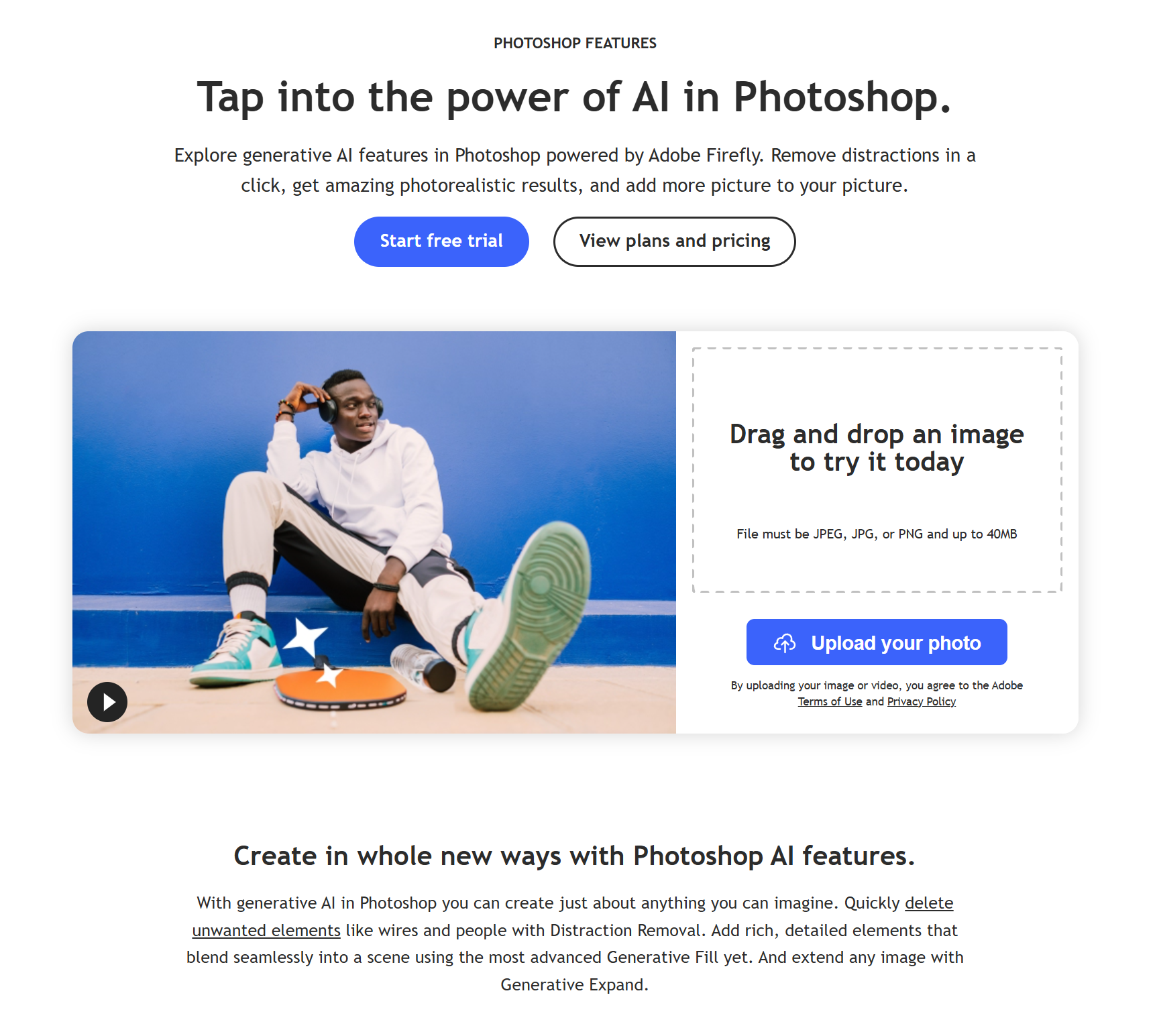
Create, edit, and design with industry-leading AI-powered image innovation.
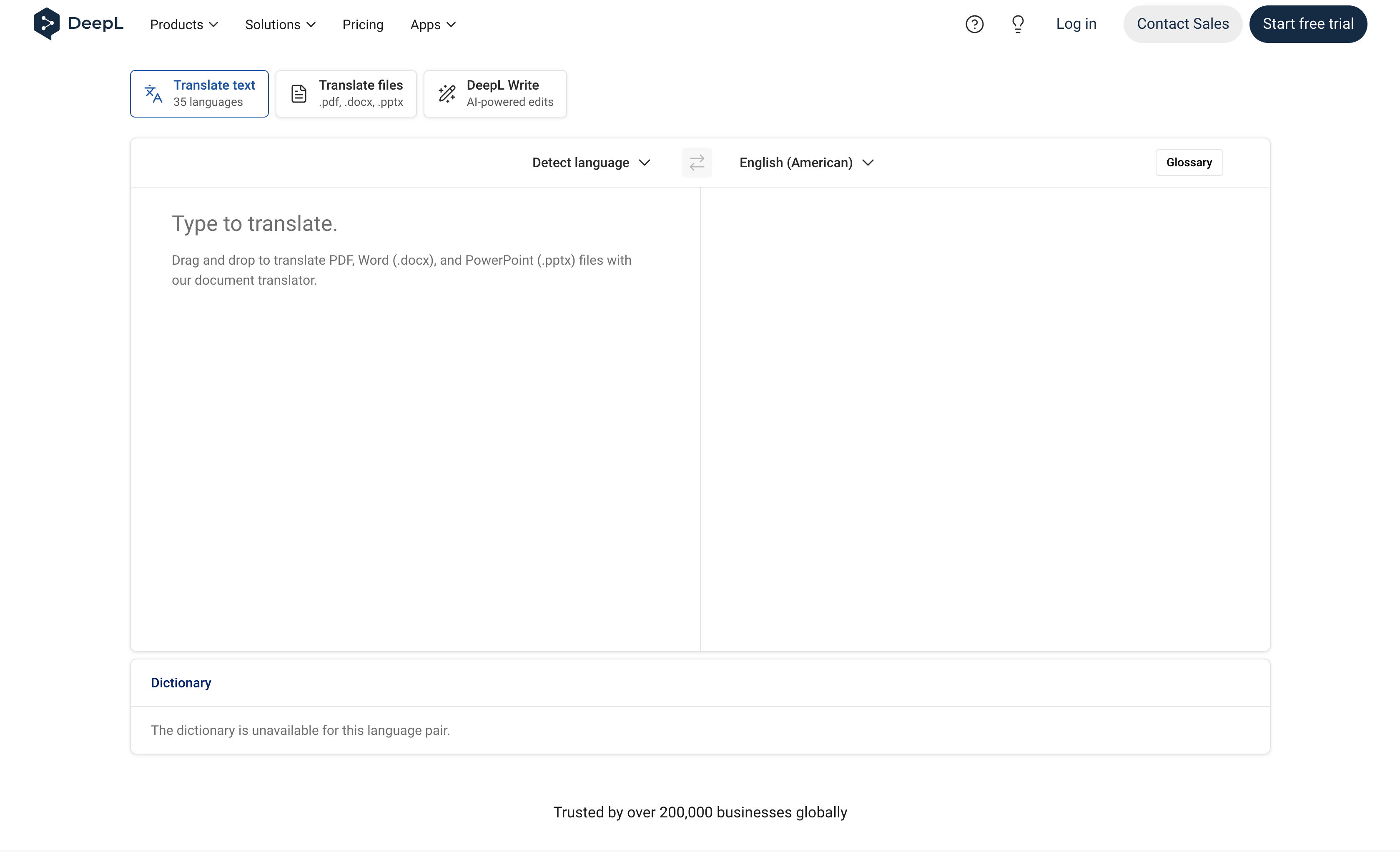
The world’s most accurate AI translator.

Your cosmic AI guide for real-time discovery and creation
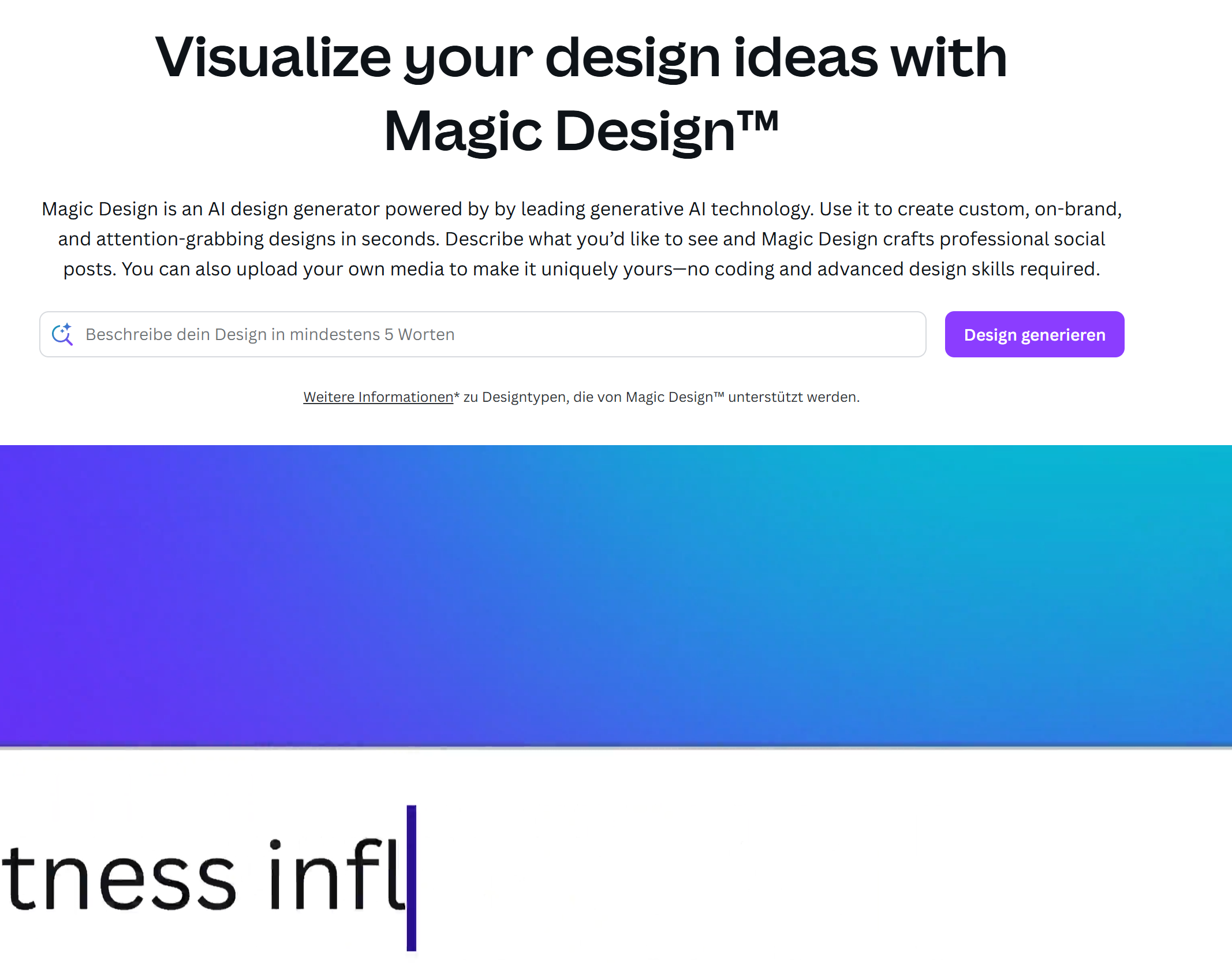
All the power of Canva’s AI, all in one place.
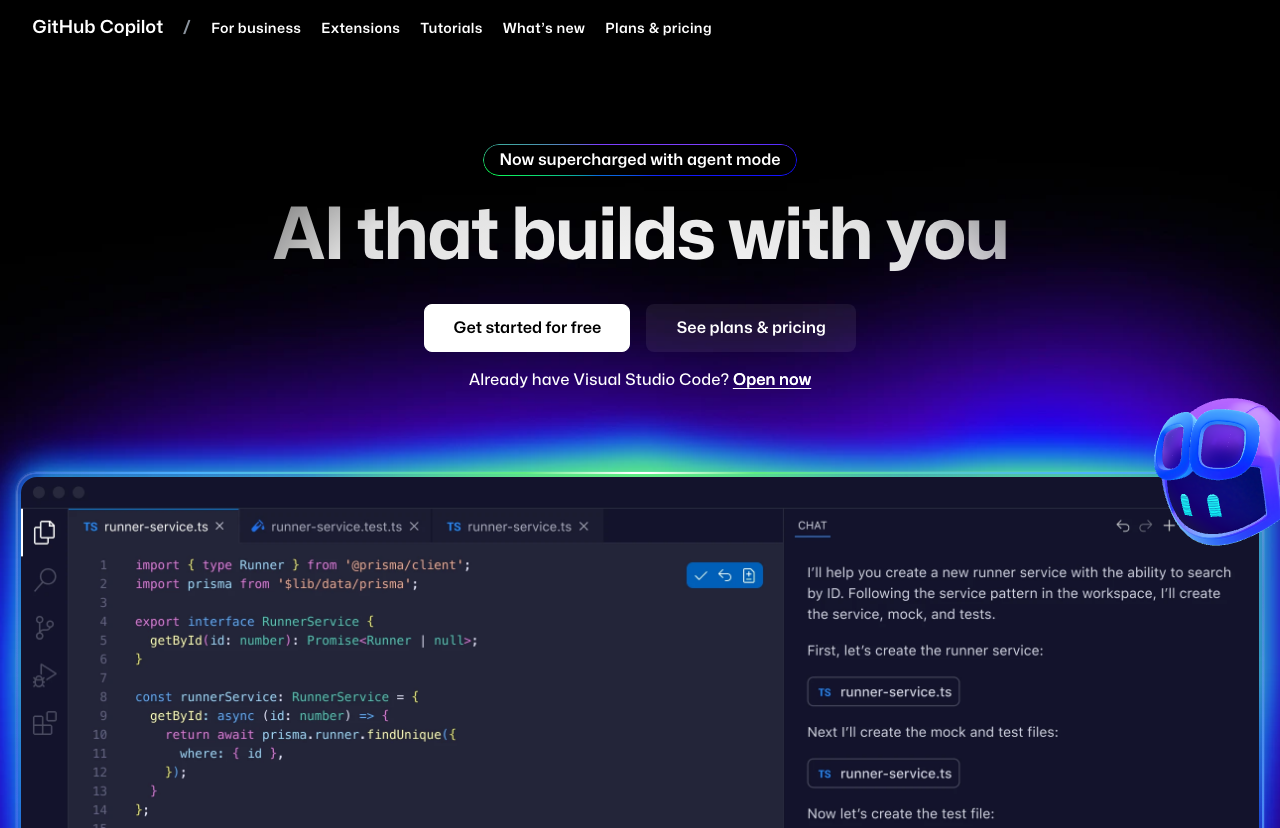
Your AI pair programmer

All-in-one AI assistant for seamless teamwork, smarter workflows, and integrated productivity.
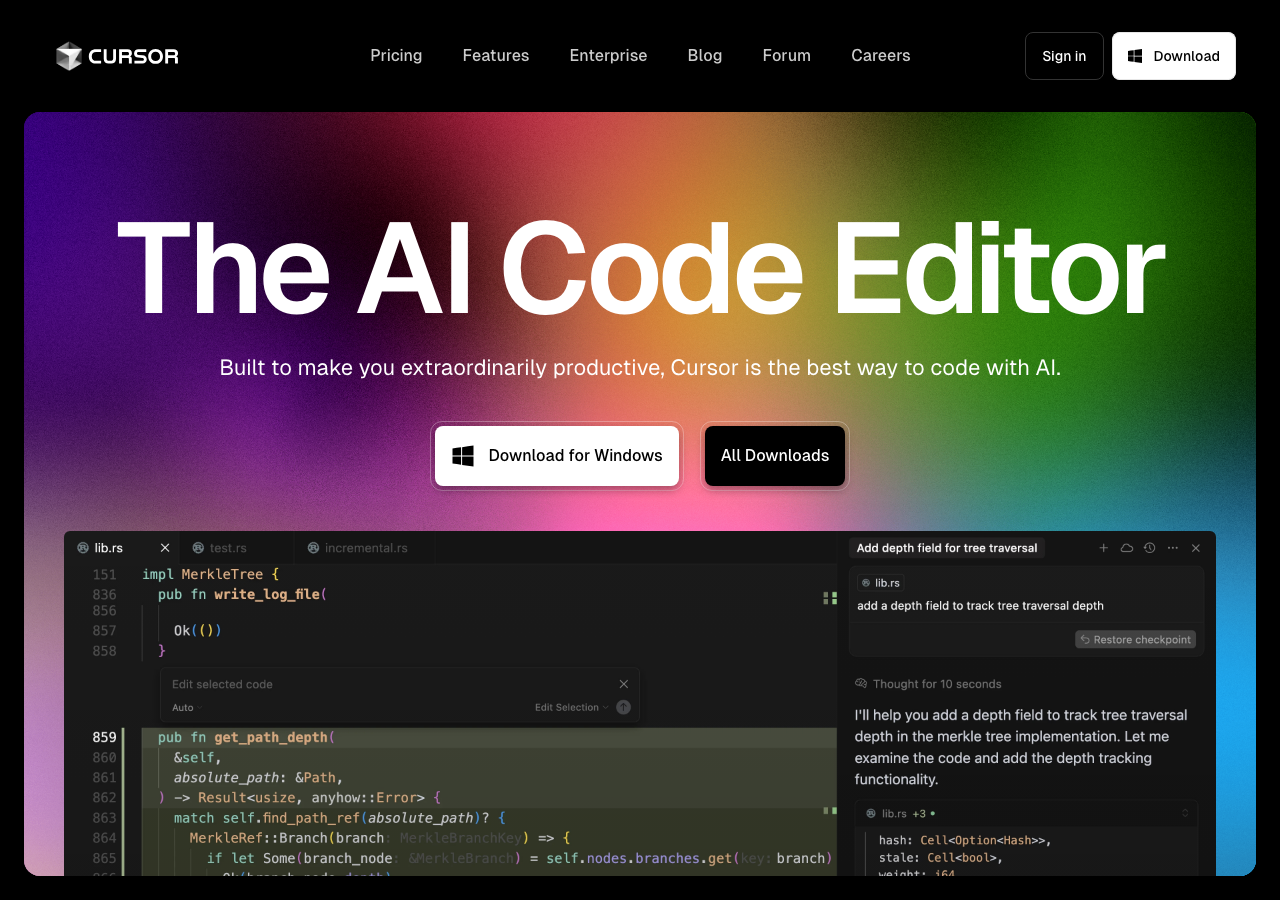
The AI code editor that knows your codebase

Unified AI and cloud for every enterprise: models, agents, infrastructure, and scale.
Create lesson plans aligned to standards with differentiated activities for varied skill levels. Generate quizzes, rubrics, and feedback comments tailored to student performance data. Build interactive content—simulations, slide decks, or reading guides—that keeps learners engaged. Provide after-hours support via AI tutors that escalate to humans when necessary.
Alignment with curriculum standards, accessibility requirements, and district policies. Data privacy compliance (FERPA, GDPR) plus granular controls for student information. Integration with LMS platforms like Google Classroom, Canvas, or Schoology. Teacher-facing analytics that highlight struggling students early.
Yes—many vendors offer free tiers or generous trials. Confirm usage limits, export rights, and upgrade triggers so you can scale without hidden costs.
Normalize plans to your usage, including seats, limits, overages, required add-ons, and support tiers. Capture implementation and training costs so your business case reflects the full investment.
Ensuring AI-generated materials remain pedagogically sound. Favor tools built with educator advisory boards and keep teacher review as the final step. Equity concerns if students have uneven access to technology. Select solutions that work offline or low-bandwidth and provide printable alternatives. Maintaining academic integrity when AI can produce assignments. Incorporate authentic assessments, oral defenses, and scaffolded checkpoints.
Pilot with a small cohort—perhaps one grade or subject. Gather teacher feedback, adjust prompt templates, and share student outcomes. Pair tech-savvy educators with those less familiar to ensure equitable adoption.
Hours saved on lesson prep and grading. Student mastery gains or reduced achievement gaps. Teacher satisfaction and burnout indices. Family engagement through timely progress updates.
Use AI to simulate classroom scenarios—role-play differentiated instruction challenges and rehearse responses before they happen.
Educators juggle lesson planning, classroom engagement, grading, and student support. AI teaching assistants lighten administrative load and personalize learning without sacrificing pedagogy.
Students expect adaptive experiences, yet teachers face shrinking prep time. AI lesson generators, formative assessment tools, and tutoring bots help educators deliver differentiated instruction and timely feedback.
Use this checklist when evaluating new platforms so every trial aligns with your workflow, governance, and budget realities:
Pilot with a small cohort—perhaps one grade or subject. Gather teacher feedback, adjust prompt templates, and share student outcomes. Pair tech-savvy educators with those less familiar to ensure equitable adoption.
Use AI to simulate classroom scenarios—role-play differentiated instruction challenges and rehearse responses before they happen.